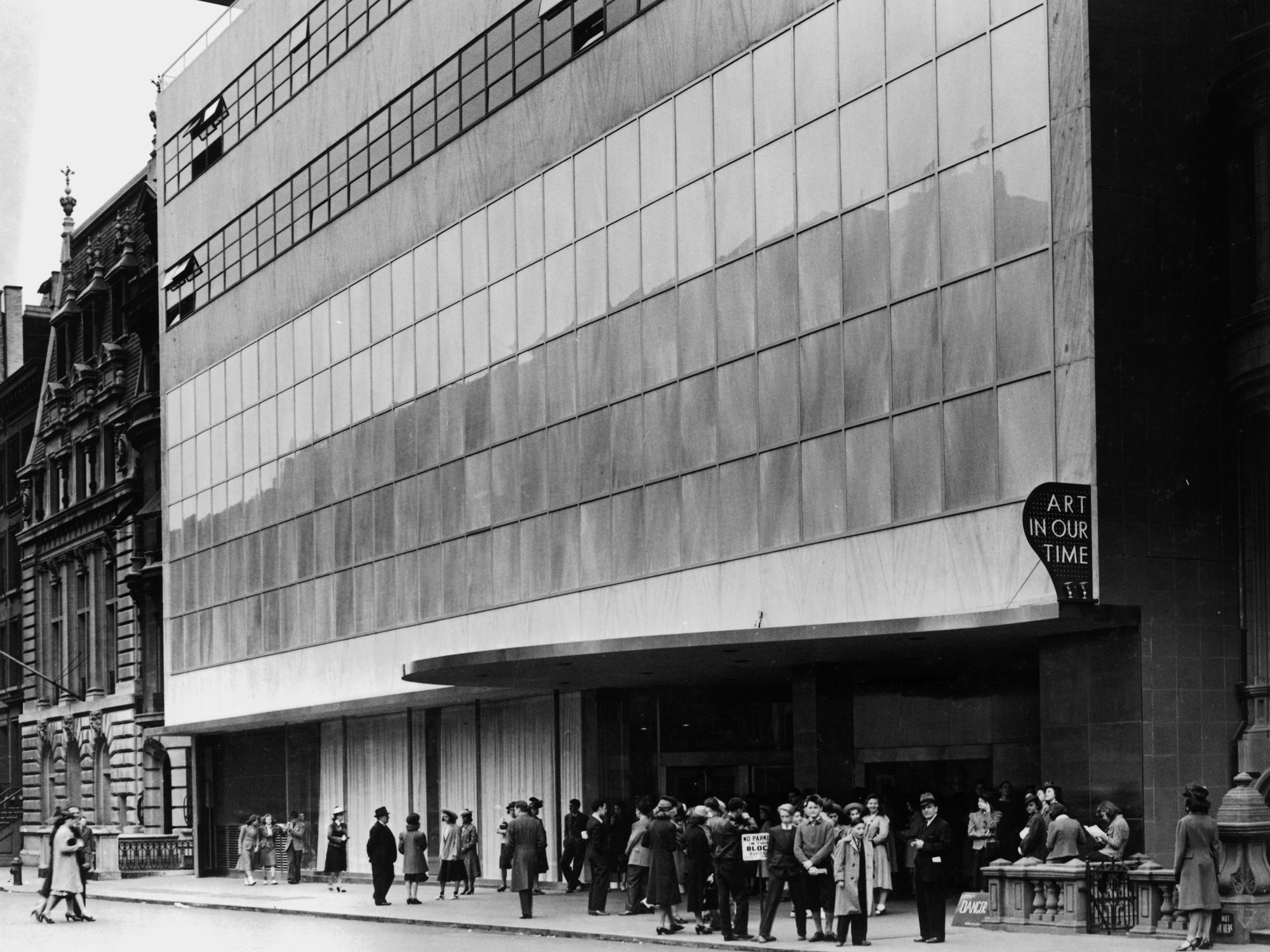
Classical architecture offers the possibility of restoring beauty to gain respect for the work public buildings do in contributing to the common good.
Source: Why Classical Architecture Better Serves The Public Good Than Modernist Atrocities – The Federalist
Dr. Carroll William Westfall (PhD, Columbia University), Professor Emeritus at the Notre Dame School of Architecture, has penned (or perhaps, this being the 21st century, keyboarded) this excellent argument in favor of President Donald Trump’s recently leaked draft executive order – which may or may not actually be issued – which, as a surprisingly supportive article in The Atlantic points out, “strongly encouraged architects to adopt a classical style when they design federal courthouses and buildings in the nation’s capital.”
While there have been the usual bleated objections from the usual suspects, Dr. Westfall raises some excellent points, such as “the fact that a building is a public object that occupies a site that is necessarily part of the realm where people lead their lives. Things placed in the public realm are obliged to serve the public, common good even if privately owned, and it is the duty of government to ensure this is done.”
It is, in other words, not created merely or even primarily for the benefit of “those who seek to preserve the putative right of architects to express their interpretation of the modern era with the latest fashions on public land and at public expense.” He asserts, instead, what I would agree is the unassailable truth that “the primary purpose of a public building is to serve a public, common good,” and notes that
“Modernism gained ascendancy at the expense of classical architecture that uses valued traditions adapted with innovations, drawing on experience and new insights to fit current circumstances. This role of tradition and innovation in architecture has its counterpart in our form of government, which has its roots in ancient Greece and Rome and in the experience of governing British colonies.”
Let me reemphasize that: classical architecture… uses valued traditions adapted with innovations, drawing on experience and new insights to fit current circumstances.
This is also true of classicism and traditionalism, rightly understood, in general (as he alludes to, in referring our form of government). He further notes that “Classicism is not a style but an achievement of architectural art that renders a public service while honoring the canons of beauty as they pertain to that art.”
I have posted on “The Tyranny of Artistic Modernism” previously, so I will not rehash the point, here. But it is nothing but absurdity to claim that Classicism is simply a pro forma and unimaginative rehashing of “old stuff,” and “not who we are today.” And to the extent that there is any truth to the latter, it is an indictment of the present age, not a compliment to it!
Fortunately, a growing number of people are starting to realize that in architecture as in so many other areas of the res publica, the modernist / postmodernism “emperor” has no clothes. And more and more are beginning to develop an appreciation for classical things, classical ideas, classical values: in art and architecture no less than in other realms of public and private life.
With respect to public building and the architecture thereof, Dr. Westfall notes that “While modernist architects would fare poorly in satisfying the proposed guidelines” of President Trump’s leaked draft order,
“a growing number of architects is recovering the ability to produce classical architecture. They offer the possibility of restoring the beauty of public buildings to gain the people’s respect for the work those buildings do in contributing to the public, common good.”
He concluded that “We need these revisions to achieve this,” and I whole-heartedly concur.
The linked Federalist essay includes this bio of Dr. Westfall:
Carroll William Westfall (PhD, Columbia University) has been a professor of architecture since 1966. He began his career at Amherst College, then the University of Illinois in Chicago, the University of Virginia, and between 1998 and his retirement in 2015, at the University of Notre Dame, including four years as chairman of the School of Architecture. He has published three books and numerous articles on topics from antiquity onward, with a focus on the history of the city and particular attention to the reciprocity between the political life and the urban and architectural elements that serve the needs of citizens. He, his family, and pets now live in Richmond, Virginia.
None too shabby a resumé! His Notre Dame faculty directory bio adds,
A central theme of all of his studies has been the history of the city with particular attention to the reciprocity between the political life and the urban and architectural elements that serve the needs of citizens. His emphasis is on the usefulness of knowledge of history to practicing architects. This, rather than a stylistically based interpretation of the history of architecture, has informed all of his work. His current interests are concentrated on the architect’s capacity to nourish the Christian faith and on tradition and classicism in architecture and the American city with special attention to the role of Thomas Jefferson in founding a distinctive American architecture to serve a unique nation.
Why am I not surprised that he is approaching this issue from a Christian ethos? Truth, Beauty, and Goodness live! Thanks be to God!


